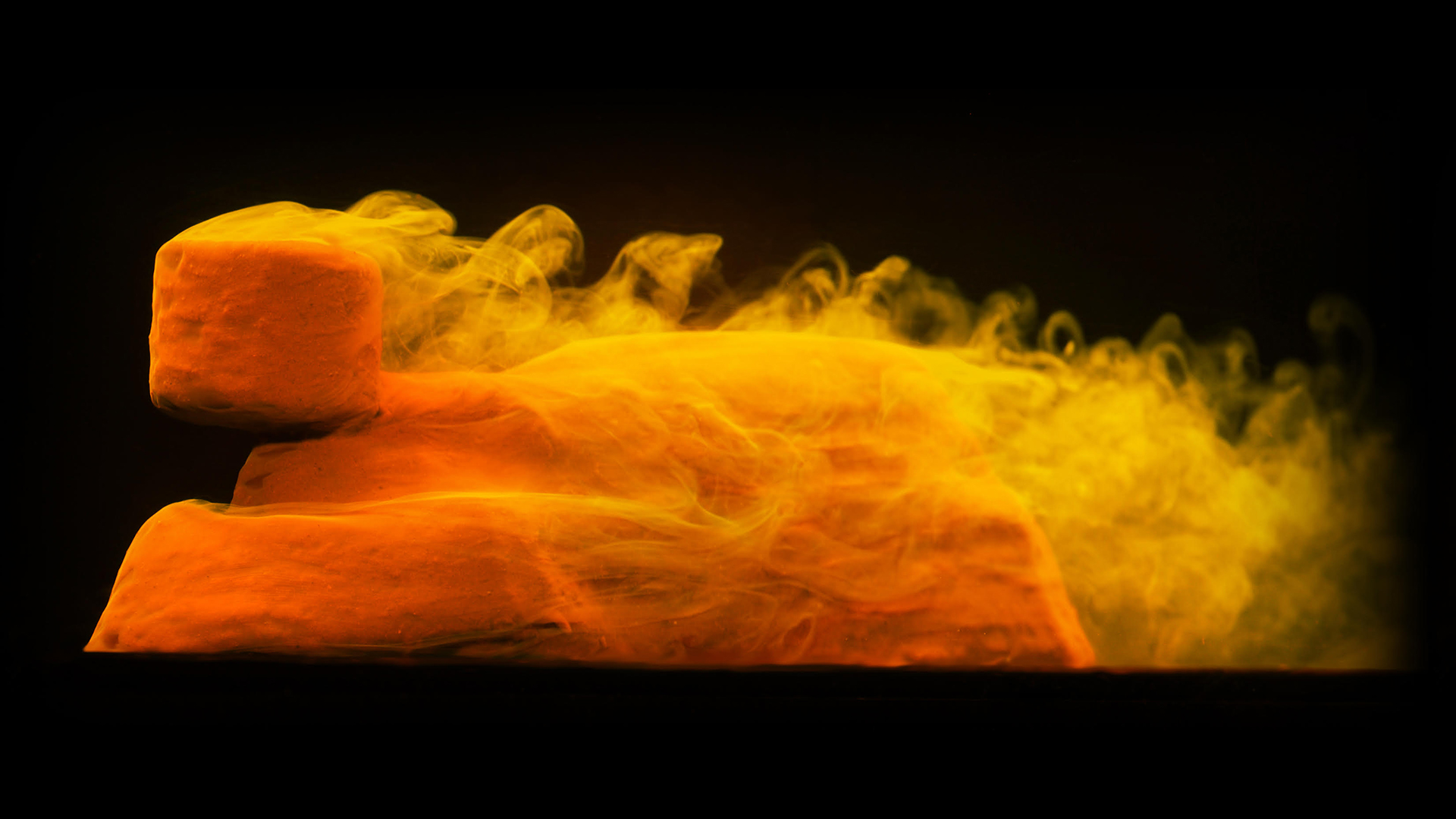The ancient Egyptians may have crafted the Sphinx, a 4,500-year-old monument at Giza that stands in front of the pyramid of Khafre not completely from scratch but rather on a natural feature that already looked surprisingly sphinx-like, a new study suggests.
In an Oct. 17 study published in the journal Physical Review Fluids, a team from New York University suggested that a yardang, a windblown ridge of rock sticking out of the ground, can naturally develop into a sphinx-like formation.
However, even if the ancient Egyptians did create the Sphinx from an eerily shaped hunk of rock, they still would have had to delicately fashion the Sphinx’s iconic features, which survive to this day, the researchers said.

To investigate the Sphinx’s shape, the team took a mound of soft clay with harder material inside and placed it within a water tunnel that had a fast-flowing stream meant to simulate thousands of years of wind erosion, the team said in a statement. At the start of the experiment, the team molded the clay into a “half ellipsoid” or half of an oval shape. As the water eroded some of the clay, it left a sphinx-like shape. They found, for instance, that the “harder or more resistant material became the ‘head’ of the lion,” the statement said, with frontal features that looked a bit like a neck and paws also appearing.
